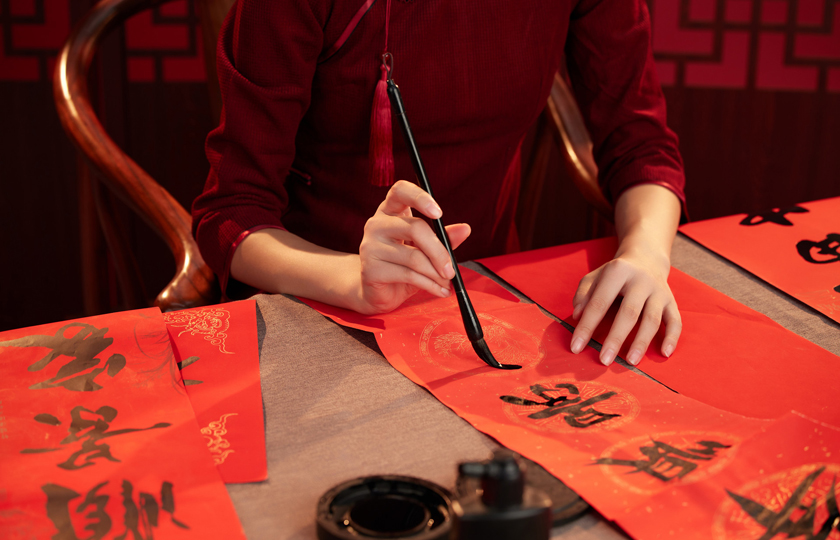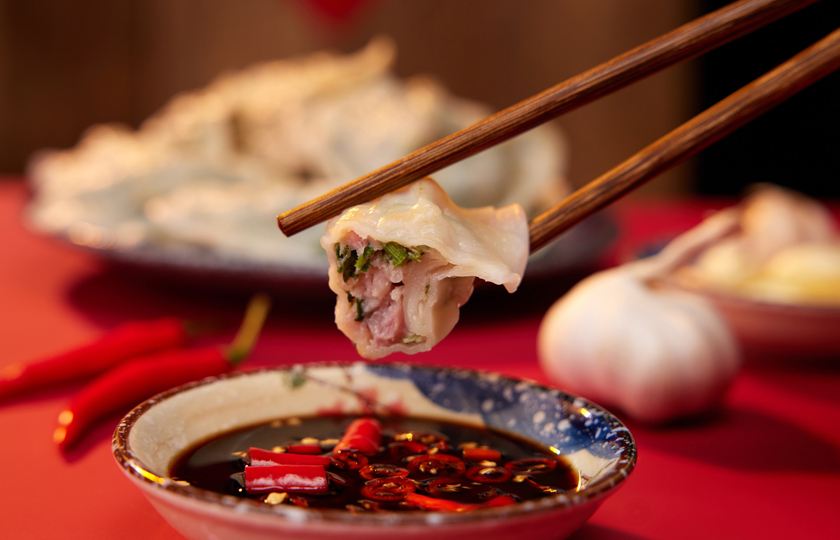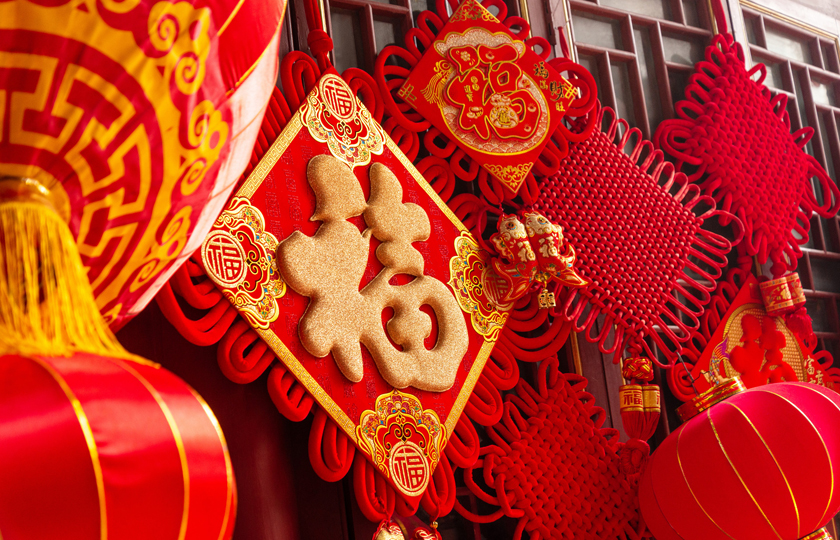Unveiling the Rich History of Chinese New Year
Hey, friends! Today, I want to talk about Chinese New Year. I remember as a child, every New Year’s Eve, my grandma would tell the story of the “Nian” beast. Legend has it that “Nian” is a fierce monster that comes to cause trouble on the last day of the lunar year. But people discovered that it was afraid of the color red, bright lights, and loud noises. So, during this time, families would hang red spring couplets, set off firecrackers, and stay up to welcome the new year. This custom has been passed down through generations, becoming the most important festival in China—New Year’s. This holiday carries thousands of years of culture, and the history behind it is like a treasure trove. Today, let’s dive in together and explore the fascinating tapestry of Chinese New Year’s history!
The origin of Chinese New Year
Regarding the origin of the Spring Festival, there are various theories. Among them, the more representative ones are that the Spring Festival originated from wax statue, witchcraft ceremony or ghost festival for ancestor worship.
But the most widely accepted theory is that the Spring Festival originated in the Yu-Shun period. More than 4,000 years ago, when Shun became the emperor and led his ministers to worship heaven and earth, people took this day as the beginning of a year, which is considered the origin of the Lunar New Year (later known as the Spring Festival).
Historical evolution of dates
In ancient times: The start time of the new year was different in different dynasties. In the Xia Dynasty, the first month of spring (lunar January) was the new year. In the Shang Dynasty, December (lunar December) was the new year. After Qin Shihuang unified the six kingdoms, October (lunar October) was the new year, and this system was also followed in the early Han Dynasty.
In the Han Dynasty: In 104 BC, during the period of Emperor Wu of the Han Dynasty, astronomers such as Luo Xiahong and Deng Ping formulated the Taichu calendar and changed the new year from October to the first month of spring. Later, it was gradually perfected into the current lunar calendar. Since then, China has used the Xia calendar (lunar calendar) for more than 2,000 years.
Modern changes
In 1949, the government of the People's Republic of China officially adopted the Gregorian calendar. The Central Administrative Council passed the "Measures for Holidays and Commemorative Days", stipulating that the Spring Festival is a statutory holiday.
What Are 5 Facts About Chinese New Year?
Growing up, every New Year was a lively affair at home. My grandma would be busy preparing the reunion dinner while sharing stories and customs about the holiday. Today, let’s dive into five interesting facts about Chinese New Year!
Fact 1: Chinese New Year is the oldest traditional festival.
Chinese New Year, also known as Spring Festival, is the most ancient and grandest festival in Chinese culture. Its origins can be traced back over 4,000 years to rituals honoring gods and ancestors during the Shang Dynasty. Every year on the first day of the lunar calendar, both cities and villages immerse themselves in a festive atmosphere, with families hanging spring couplets, setting off firecrackers, and exchanging greetings to welcome the new year.
Fact 2: The date of Chinese New Year is not fixed.
Unlike many holidays in other countries, the date of Chinese New Year varies each year as it is based on the lunar calendar. The Lunar New Year typically falls on the first day of the lunar calendar, but its corresponding date on the Gregorian calendar changes annually, making the celebrations feel fresh and exciting each year.
Fact 3: Red is the dominant color during Chinese New Year.
Throughout the New Year celebrations, red is everywhere. From spring couplets and lanterns to red envelopes and new clothes, red takes center stage. This color symbolizes joy, good fortune, and enthusiasm, embodying the wish for a prosperous and lucky new year. I remember eagerly putting on the new red outfit my grandma prepared for me; the joy and anticipation of those moments still linger in my memory.
Fact 4: The reunion dinner is one of the most important customs.
No discussion of Chinese New Year is complete without mentioning the lavish reunion dinner. It is a vital culinary tradition where families meticulously prepare a feast, gathering together to enjoy delicious dishes and strengthen familial bonds. Each dish carries symbolic meanings of good fortune; for instance, fish represents abundance, while dumplings signify the passing of the old year and the arrival of the new.
Fact 5: Paying New Year visits is a traditional etiquette.
During the New Year festivities, paying New Year visits is an important tradition. People don new clothes, visit friends and relatives, and exchange well-wishes to express hopes for the coming year. Elders often give red envelopes filled with lucky money to children, symbolizing wishes for safety, good fortune, and healthy growth in the new year.
When is Chinese New Year Celebrated?
Chinese New Year, also known as Spring Festival, is one of the oldest and grandest traditional festivals in Chinese culture. The celebration is determined by the lunar calendar, typically falling on the first day of the lunar month, which is the first day of the lunar new year. However, in popular tradition, the festivities actually begin earlier, around the eighth day of the twelfth lunar month with the Laba Festival, or on the twenty-third or twenty-fourth with the Kitchen God worship, and continue until the Lantern Festival on the fifteenth day of the first lunar month.

During this period, families engage in various celebrations, such as hanging spring couplets, setting off firecrackers, paying New Year visits, and enjoying reunion dinners together to welcome the new year.
I remember as a child, on the twenty-third or twenty-fourth of the twelfth lunar month, my family would conduct the Kitchen God worship, praying for a bountiful harvest and peace in the home. On New Year’s Eve, the whole family would gather for a lavish reunion dinner featuring auspicious dishes like fish (symbolizing abundance) and dumplings (representing the transition to a new year). After the meal, we would watch the Spring Festival Gala together, savoring the warmth of family reunion.
On the first day of the lunar new year, people wake up early, don new clothes, and visit friends and relatives to exchange greetings and express good wishes for the upcoming year. Elders give red envelopes filled with lucky money to children, symbolizing safety, good fortune, and healthy growth in the new year.
In summary, the celebration of Chinese New Year begins with the Kitchen God worship around the twenty-third or twenty-fourth day of the twelfth lunar month and lasts until the Lantern Festival on the fifteenth day of the first month. During this time, people partake in a variety of colorful celebrations to welcome the new year. As a food blogger passionate about sharing Chinese cuisine, I hope my recipes and stories help more people appreciate the charm and beauty of Chinese New Year.
How to Celebrate Chinese New Year
Every time I’m in the kitchen preparing mouthwatering traditional dishes for the upcoming Chinese New Year, I can’t help but reminisce about the warm memories of celebrating with my family during my childhood. Back then, New Year was not just a holiday; it was a ceremony, a tradition, and a longing for a beautiful life. So, how do we celebrate Chinese New Year? Let me take you on a journey to recall and share those wonderful customs.
The first step in celebrating Chinese New Year is preparing for the festivities. I remember that as soon as the twelfth lunar month arrived, families would start bustling about, shopping for various festive items such as meats, seafood, vegetables, fruits, nuts, candies, and decorations like couplets, lanterns, and firecrackers. The markets were always crowded and lively, filled with the joy of the season.
Next comes the crucial preparation for the New Year’s Eve dinner. This dinner is one of the most important culinary traditions of Chinese New Year. Families meticulously prepare a sumptuous feast, gathering together to enjoy the meal. Our family’s New Year’s Eve menu was always diverse and rich, featuring fish symbolizing abundance, dumplings representing reunion, and sticky rice cakes symbolizing progress. I cherished these moments in the kitchen with my grandmother, learning how to make these traditional dishes and feeling the warmth of our heritage.

In addition to the dinner, there are various fun traditional activities during the New Year celebrations. For example, putting up couplets and paper cutouts is done to pray for peace and good fortune in the coming year. Firecrackers and fireworks are set off to scare away evil spirits and welcome the joy of the New Year. Customs like visiting friends and family to exchange greetings and giving red envelopes filled with money are also rich in cultural significance and affection.
I recall that every New Year, I would wear new clothes and accompany my parents to visit our elders, delivering New Year’s wishes and gifts. The elders would smile and give us red envelopes, symbolizing health and good fortune for the new year. I always looked forward to opening those envelopes, counting the crisp bills inside, filled with joy and anticipation.
Of course, as time goes on, the ways we celebrate Chinese New Year continue to evolve. Nowadays, in addition to traditional customs, people celebrate through travel, watching movies, and social gatherings. But regardless of how the celebrations change, the longing for a better life and the essence of our cultural heritage remain strong within us.
So, how should we celebrate Chinese New Year? I believe the best way is to carry on and promote those beautiful traditional customs while integrating modern elements and creativity, making this festival even more vibrant and lively. As a food blogger, I will continue to share those delectable traditional dishes and New Year recipes, allowing more people to discover and appreciate the charm and beauty of Chinese New Year.
What's the Difference Between Lunar New Year and Chinese New Year?
Lunar New Year” and “Chinese New Year” are related terms but have some differences in usage and meaning:
Definition and scope
Chinese New Year: Specifically refers to the traditional New Year celebration activities of Chinese ethnic groups mainly composed of the Han nationality. Based on China's traditional lunisolar calendar, it has a history of thousands of years. The celebration activities usually last for 15 days from the first day of the first lunar month to the Lantern Festival.
Lunar New Year: Has a broader meaning. It is used to refer to the New Year celebration activities of many Asian countries and ethnic groups that follow the lunar calendar system.
Cultural connotations
Chinese New Year: Is full of unique Chinese cultural symbols. For example, red represents auspiciousness and happiness in Chinese culture. Spring couplets express people's hopes for the new year with auspicious words and calligraphy. The twelve Chinese zodiac signs play an important role in Lunar New Year celebrations and fortune-telling.
Lunar New Year: Although different countries and ethnic groups have some common elements, such as the time based on the lunar calendar and the general sense of celebration around the New Year, they also add their own cultural characteristics to the celebration activities.
Generally speaking, Chinese New Year is a part of Lunar New Year celebration activities, but the latter is a more inclusive term covering New Year celebration activities of multiple lunar calendar cultures.
























